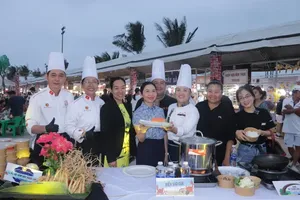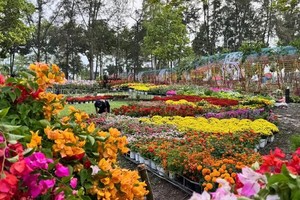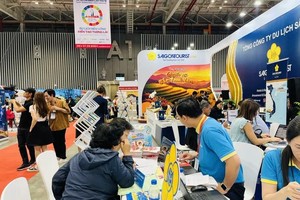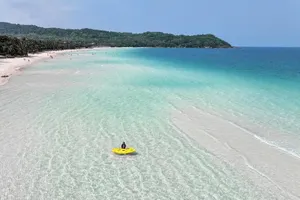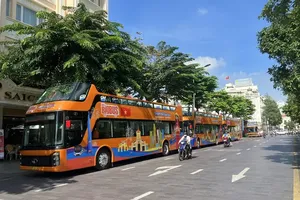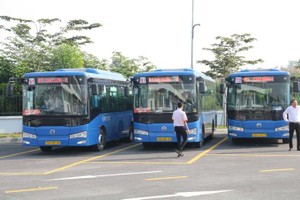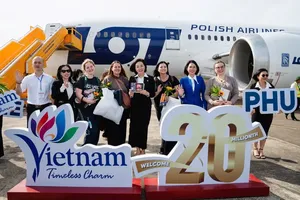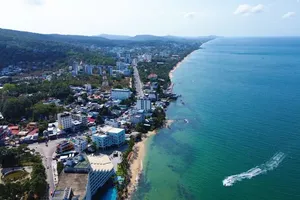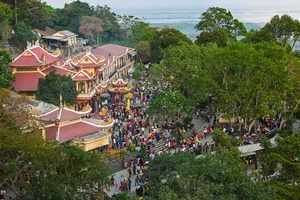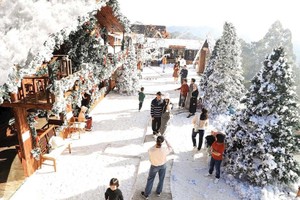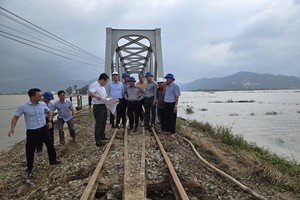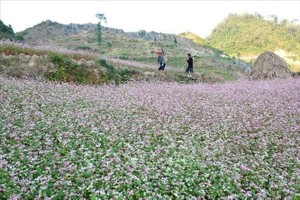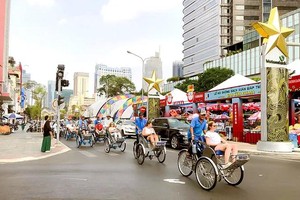This new kind of tourism has not been effectively exploited in Vietnam, despite the big number of destinations with potential for wellness tourism.
Wellness tourism has become popular in some countries including the US, India, Japan, the Republic of Korea, Singapore, China, Thailand and Indonesia.
“It is forecasted that the global wellness tourism market will post a revenue of US$919 billion in 2022,” tourism expert Nguyen Van Luu said.
Currently, this type of tourism is growing rapidly from North America to Europe and Asia-Pacific and will expand faster in the coming years, he added.
It is worth mentioning that over the past five years, Asia has led in both the number of visitors and revenue from healthcare tourism.
Deputy Director of the Tourism Market Department, Vu Nam cited Yufuin, a rural village in Oita Prefecture of Japan as an example in exploiting local resources for health tourism.
With a natural area of about 1,800 hectares and a population of about 10,000 people, the village welcomed nearly 4.5 million visitors in 2019.
It is estimated that more than 12,000 visitors arrived at Yufuin per day on average, more than the population of the village. The income from tourism in 2019 of local people reached more than JPY16 billion, equivalent to nearly US$15 million.
“Yufuin can be said to be one of the most typical tourist destinations in exploiting hot mineral resources for the development of healthcare tourism not only in Japan but also around the world," Nam said.
Commenting on this tourism trend, which has developed in the world but is still untapped in Vietnam, deputy head of the Vietnam National Administration of Tourism Nguyen Thi Thanh Huong said there will be a shift in the tourism trend in the future, especially long-term trips will no longer be mere sightseeing trips. It will be a combination of relaxation and the use of services to strengthen physical and mental health.
Huong said the main reason for wellness tourism to be ignored in Vietnam is a lack of comprehensive research on its potential as well as no specific orientations and policies for the development of this type of tourism.
Over recent years, many hot mineral springs have opened for tourists such as Quang Hanh (Quang Ninh province), My Lam (Tuyen Quang province) and Thanh Thuy (Phu Tho province) which offer Japanese-style healthcare tourism services with hot spring baths.
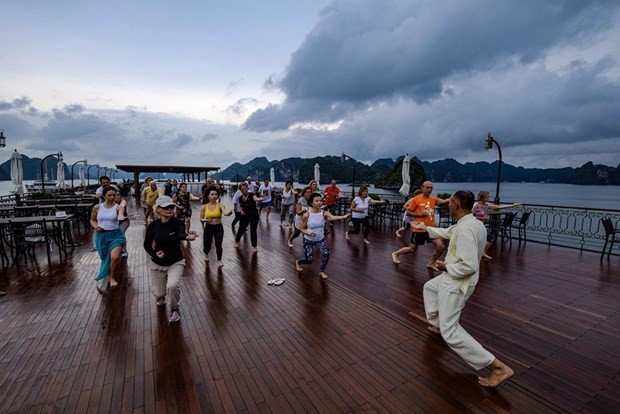 Visitors participate in a Tai Chi exercise on cruise in Ha Long Bay. (Photo: VietnamPlus)
Visitors participate in a Tai Chi exercise on cruise in Ha Long Bay. (Photo: VietnamPlus)To meet the demand of tourists, some travel agencies have developed a wide range of tourist products associated with maintaining and promoting people’s health such as yoga on beach and massage therapy, offering a fresh experience for visitors.
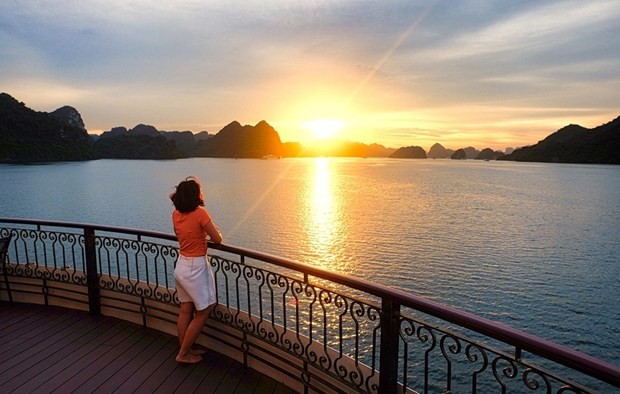 A bright future lies ahead for Vietnamese tourism. (Photo: VietnamPlus)
A bright future lies ahead for Vietnamese tourism. (Photo: VietnamPlus)